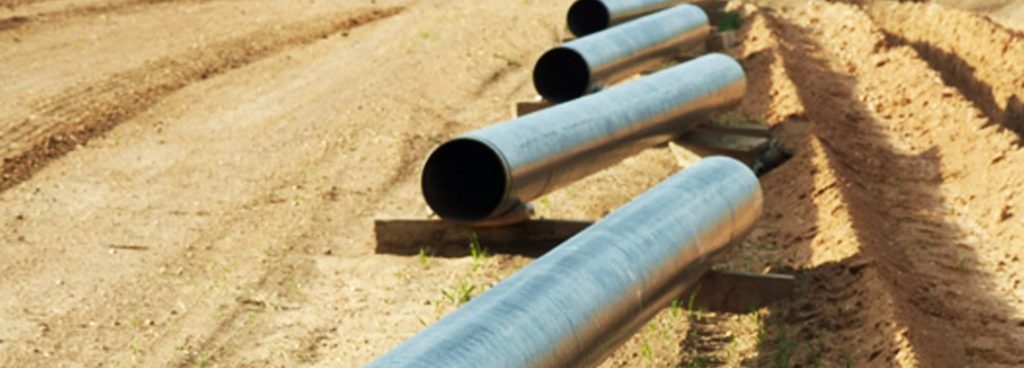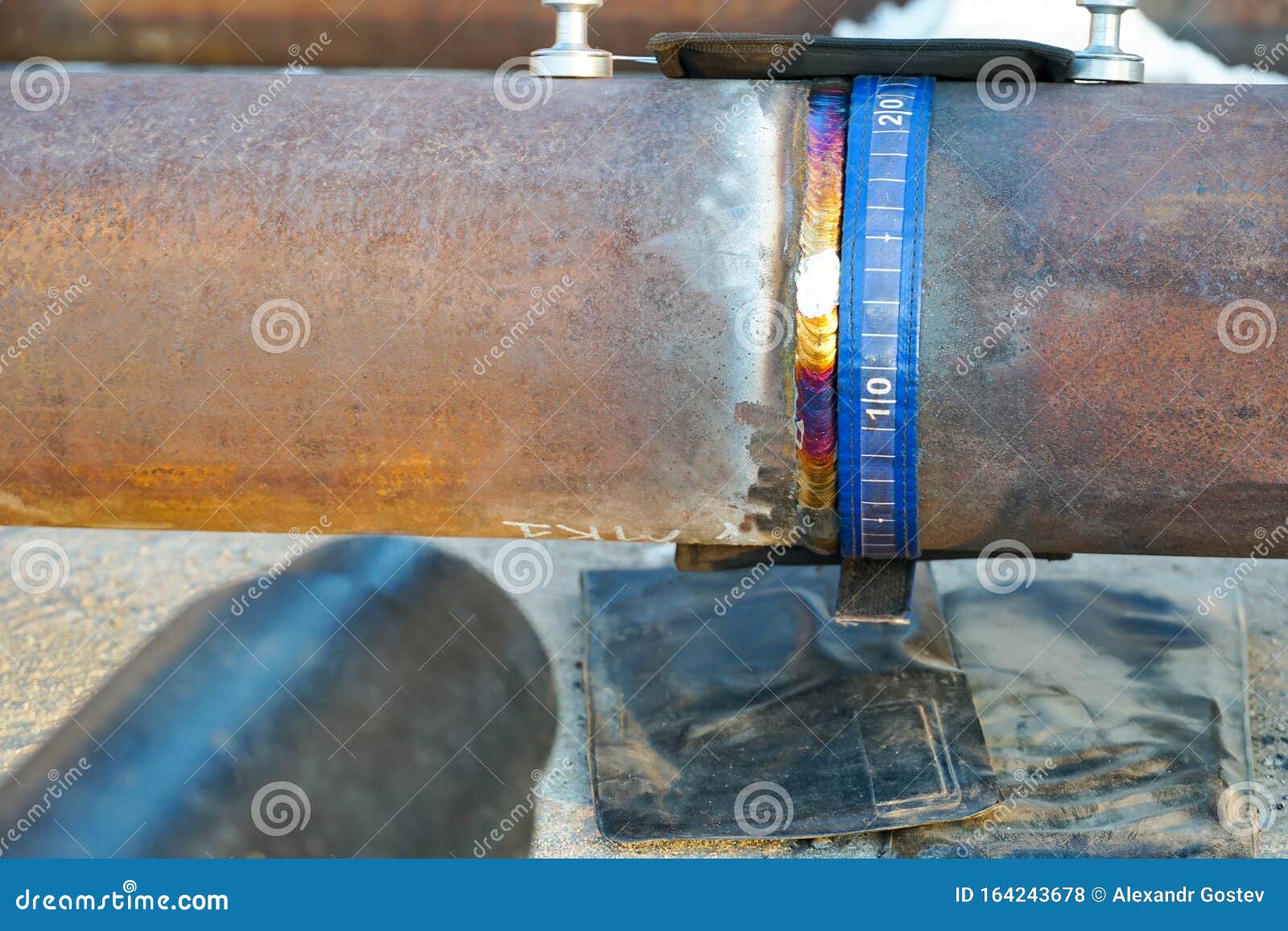Comprehensive Overview of Pipe Welding Evaluation Treatments
Pipe welding assessment procedures play an essential role in guaranteeing that bonded connections fulfill rigid industry criteria and specs. From precise pre-welding inspections to thorough post-weld assessments, a distinct inspection procedure is important for keeping the architectural sturdiness of pipes.
Pre-welding Evaluation Preparations
Before starting the welding procedure, extensive pre-welding evaluation preparations are essential to make certain the stability and high quality of the weld joint. These preparations entail a careful assessment of the materials to be welded, the welding tools, and the work atmosphere. By conducting extensive pre-welding assessment prep work, possible issues can be recognized and solved early on, leading to top notch and reputable weld joints.
Welding Treatment Qualification
Thorough pre-welding assessment preparations lay the structure for the crucial procedure of Welding Treatment Certification, ensuring the stability and high quality of the weld joint. Welding Treatment Certification (WPQ) is a vital action in the welding process that entails testing and licensing welding procedures to ensure they fulfill certain standards and needs. The WPQ process normally consists of welding procedure spec development, welding treatment credentials testing, and paperwork of the outcomes.
Throughout welding procedure spec growth, crucial details such as the welding process, welding products, joint design, and welding parameters are defined to develop a comprehensive treatment. Consequently, welding treatment credentials testing is conducted to verify the proposed treatment's honesty. This screening frequently includes welding test coupons that undergo various mechanical and non-destructive tests to assess the weld's quality and adherence to the specified criteria.
In-process Weld Examination
Throughout the welding procedure, in-process weld inspection plays an essential function in making certain the top quality and honesty of the weld joint - Pipeline Welding Inspection. This kind of inspection involves keeping an eye on the welding criteria, analyzing the weld grain development, and finding any prospective flaws or interruptions as they take place. By carrying out in-process weld assessments, welding drivers can immediately attend to any type of issues that may develop, therefore preventing more issues and making sure that the final weld meets the called for requirements
Typical techniques utilized for in-process weld inspection consist of visual inspection, fluid penetrant testing, magnetic particle screening, ultrasonic testing, and radiographic screening. Visual inspection is often the very first step in the procedure, enabling inspectors to aesthetically assess the weld for surface area abnormalities such as fractures, porosity, or insufficient blend. Much more innovative techniques like ultrasonic screening and radiographic testing provide thorough insights right into the internal framework of the weld, ensuring that there are no surprise problems that can jeopardize the weld joint's toughness and integrity. Generally, in-process weld evaluation is essential for preserving the top quality and dependability of bonded pipes.
Non-destructive Testing (NDT)
Non-destructive Testing (NDT) is a critical method used in pipeline welding examination to assess the stability of weld joints without triggering damages to the welded framework. By utilizing various NDT methods, examiners can examine the quality of welds and determine any kind of issues or suspensions that may jeopardize the structural strength of the pipe. Usual NDT approaches made use of in pipe welding assessment consist of Radiographic Screening (RT), Ultrasonic Screening (UT), Magnetic Fragment Examining (MPT), Fluid Penetrant Screening (LPT), and Visual Screening (VT)
RT entails the usage of X-rays or gamma rays to produce photos of the interior structure of the weld, enabling examiners to discover problems such as porosity, splits, or insufficient combination. In addition, VT involves visual inspection of welds to identify any type of noticeable blemishes.
Post-weld Inspection and Paperwork


Documents of post-weld evaluation searchings for is important for preserving quality assurance records and guaranteeing compliance with market criteria and guidelines. Detailed reports must include details regarding the evaluation methods utilized, the place hop over to here and nature of any issues located, and any corrective activities taken - Pipeline try this site Welding Inspection. Correct paperwork not only functions as a record of the weld's quality however likewise help in future maintenance and examination processes
Conclusion

In verdict, pipeline welding inspection procedures play a critical duty in making sure the quality and honesty of welds. On the whole, adherence to appropriate examination protocols is essential to the success of pipeline welding tasks.
From thorough pre-welding assessments to detailed post-weld analyses, a distinct inspection procedure is important for maintaining the architectural strength of pipes. By conducting in-process weld examinations, welding drivers can promptly address any type of concerns that might emerge, consequently protecting against more problems and ensuring that the final weld fulfills the required specifications.
Common approaches made use of for in-process weld inspection include visual inspection, fluid penetrant screening, magnetic bit testing, ultrasonic screening, and radiographic screening.Non-destructive Testing (NDT) is a critical method used in pipe welding assessment to evaluate the integrity of weld joints without creating damage to the welded structure. Post-weld examination involves various techniques to examine the welds for defects, consisting of visual examination, color penetrant testing, magnetic fragment screening, ultrasonic screening, and radiographic testing.
Comments on “Make Best Use Of Performance: Proactive Pipeline Welding Inspection Strategies”